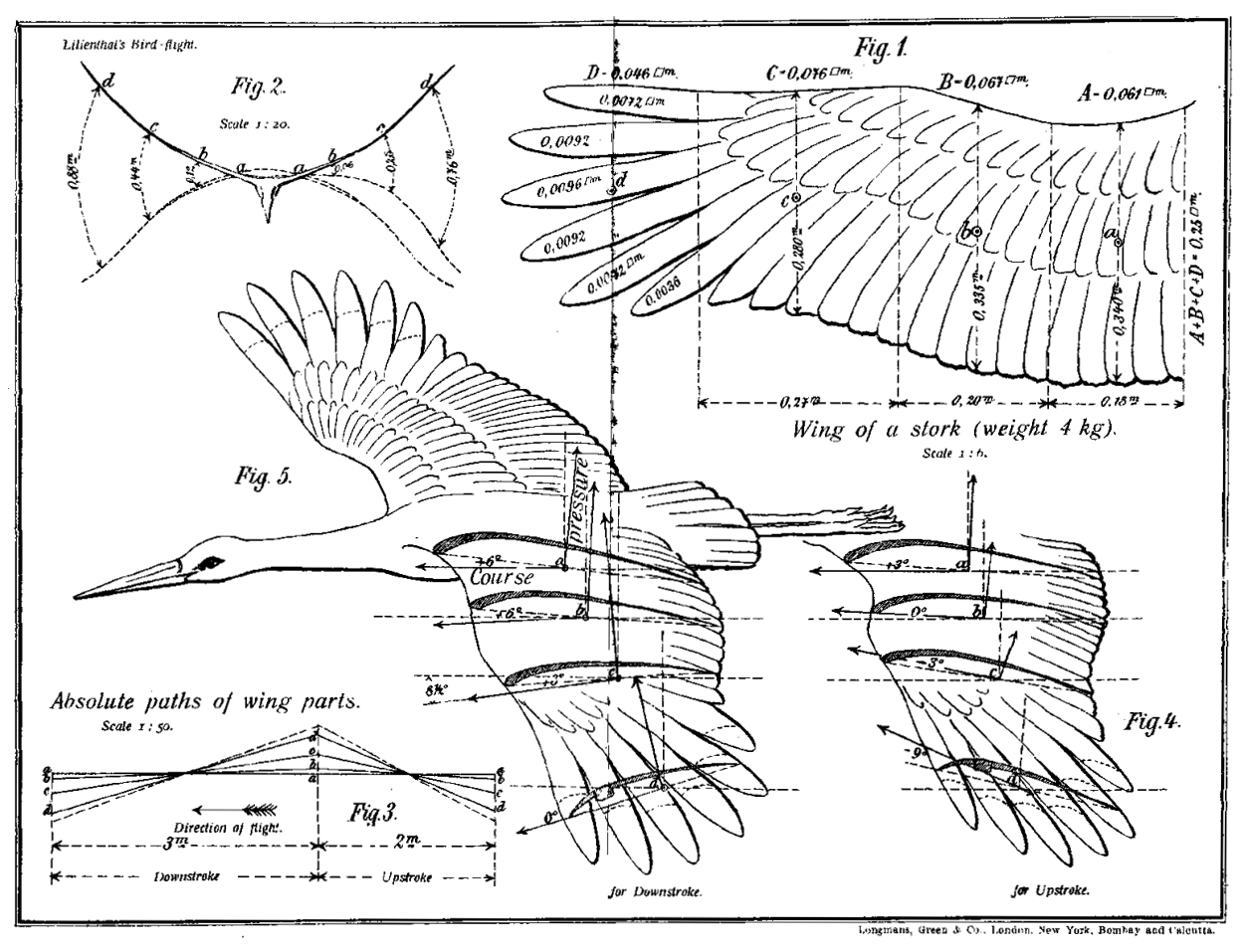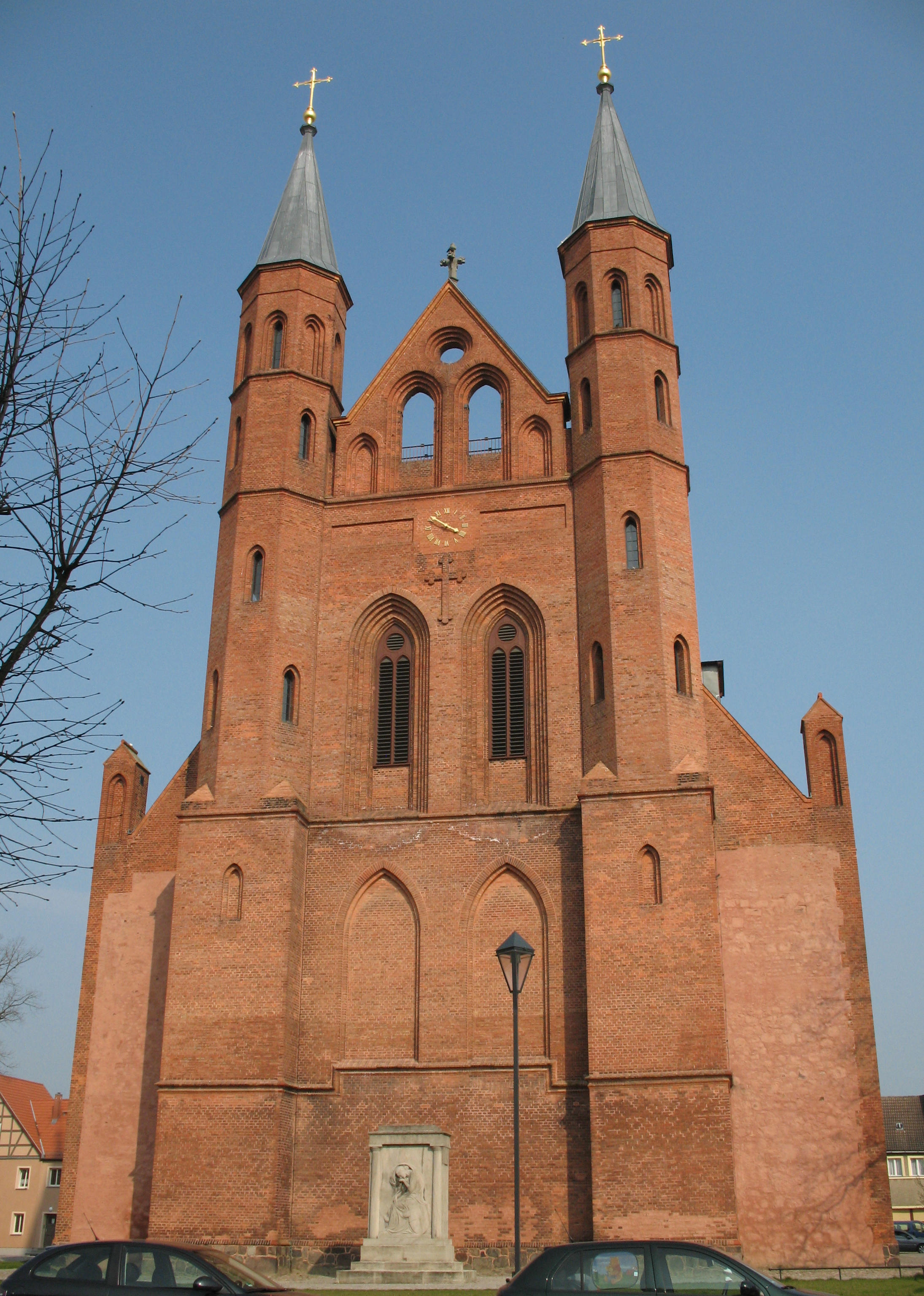|
Rhinow
Rhinow () is a town in the Havelland (district), Havelland district (Landkreis), in Brandenburg, Germany. It is situated 16 km north of Rathenow, and 22 km south of Kyritz. Rhinow is the administrative seat (Verwaltungssitz) of the Rhinow (Amt), Rhinow district (Amt). Geography The region lies on the southern edge of the Rhinluch (Rhin moor) and at the feet of the up to 110 Meter high Rhinower Mountains. The Rhin river flows west through the district into the Gülper See at the southwestern border. Bundesstraße, Federal highway (Bundesstraße) 102 cuts through the area. Since 2003, the stretch between Rathenow and Neustadt (Dosse) is no longer served by public rail transit (Öffentlichen Personennahverkehr). Administrative division Greater Rhinow includes the village of Kietz. History During the Third Reich, a famous sail plane school was founded in memory of Otto Lilienthal. Demography Politics City Council The council of the city of Rhinow has 12 me ... [...More Info...] [...Related Items...] OR: [Wikipedia] [Google] [Baidu] |
Gollenberg
Gollenberg is a Municipalities of Germany, municipality in the Havelland (district), Havelland district, in Brandenburg, Germany consisting of Schönholz-Neuwerder, Stölln and Ohnewitz. History The municipality is named after the Gollenberg near Stölln and was created December 31, 2002 when the municipalities of Schönholz-Neuwerder and Stölln were merged. Demography Aviation Otto Lilienthal Aviation pioneer Otto Lilienthal (1848–1896) crashed his glider here and died later. Lady Agnes On October 23, 1989, an Ilyushin Il-62 jet airliner was intentionally landed on the 900m short grass airfield of Stölln/Rhinow in a risky maneuver. The jet, donated by the East Germany, GDR's airline Interflug and nicknamed "Lady Agnes" after Lilienthal's wife, is now used for weddings. Air sport events at Stölln/Rhinow airfield * The 23rd national youth gliding competition ''Bundesjugendvergleichsfliegen'' (not to be mixed with Junior Nationals) took place in Stölln/Rhinow in ... [...More Info...] [...Related Items...] OR: [Wikipedia] [Google] [Baidu] |
Rhinow (Amt)
Amt Rhinow is an '' Amt'' ("collective municipality") in the district of Havelland, in Brandenburg, Germany. Its seat is in Rhinow. The ''Amt'' Rhinow consists of the following municipalities: #Gollenberg # Großderschau # Havelaue # Kleßen-Görne #Rhinow # Seeblick Demography File:Bevölkerungsentwicklung Amt Rhinow.pdf, Development of Population since 1875 within the Current Boundaries (Blue Line: Population; Dotted Line: Comparison to Population Development of Brandenburg state; Grey Background: Time of Nazi rule; Red Background: Time of Communist rule) File:Bevölkerungsprognosen Amt Rhinow.pdf, Recent Population Development and Projections (Population Development before Census 2011 (blue line); Recent Population Development according to the Census in Germany in 2011 (blue bordered line); Official projections for 2005-2030 (yellow line); for 2017-2030 (scarlet line); for 2020-2030 (green line) References Rhinow Rhinow () is a town in the Havelland (district), H ... [...More Info...] [...Related Items...] OR: [Wikipedia] [Google] [Baidu] |
Otto Lilienthal
Karl Wilhelm Otto Lilienthal (23 May 1848 – 10 August 1896) was a German pioneer of aviation who became known as the "flying man". He was the first person to make well-documented, repeated, successful flights with gliders, therefore making the idea of heavier-than-air aircraft a reality. Newspapers and magazines published photographs of Lilienthal gliding, favourably influencing public and scientific opinion about the possibility of flying machines becoming practical. Lilienthal's work led to his developing the concept of the modern wing. His flight attempts in 1891 are seen as the beginning of human flight and the " Lilienthal Normalsegelapparat" is considered the first airplane in series production, making the ''Maschinenfabrik Otto Lilienthal'' in Berlin the first airplane production company in the world. He has been referred to as the "father of aviation" and "father of flight". On 9 August 1896, Lilienthal’s glider stalled and he was unable to regain control. Fallin ... [...More Info...] [...Related Items...] OR: [Wikipedia] [Google] [Baidu] |
Havelland (district)
Havelland () is a district or county in Brandenburg, Germany. It is bounded by (from the north and clockwise) the districts of Ostprignitz-Ruppin and Oberhavel, the city-state of Berlin, the district of Potsdam-Mittelmark, the city of Brandenburg (town), Brandenburg and the state of Saxony-Anhalt (districts of Jerichower Land and Stendal (district), Stendal). History The district was established in 1993 by merging the former districts of Nauen and Rathenow. Demography File:Bevölkerungsentwicklung Landkreis Havelland.pdf, Development of Population since 1875 within the Current Boundaries (Blue Line: Population; Dotted Line: Comparison to Population Development of Brandenburg state) File:Bevölkerungsprognosen Landkreis Havelland.pdf, Recent Population Development and Projections (Population Development before Census 2011 (blue line); Recent Population Development according to the Census in Germany in 2011 (blue bordered line); Official projections for 2005-2030 (yellow line) ... [...More Info...] [...Related Items...] OR: [Wikipedia] [Google] [Baidu] |
Brandenburg
Brandenburg, officially the State of Brandenburg, is a States of Germany, state in northeastern Germany. Brandenburg borders Poland and the states of Berlin, Mecklenburg-Vorpommern, Lower Saxony, Saxony-Anhalt, and Saxony. It is the List of German states by area, fifth-largest German state by area and the List of German states by population, tenth-most populous, with 2.5 million residents. Potsdam is the state capital and largest city. Other major towns are Cottbus, Brandenburg an der Havel and Frankfurt (Oder). Brandenburg surrounds the national capital and city-state of Berlin. Together they form the Berlin/Brandenburg Metropolitan Region, the third-largest Metropolitan regions in Germany, metropolitan area in Germany. There was Fusion of Berlin and Brandenburg#1996 fusion attempt, an unsuccessful attempt to unify both states in 1996, however the states still cooperate on many matters. Brandenburg originated in the Northern March in the 900s AD, from areas conquered from the ... [...More Info...] [...Related Items...] OR: [Wikipedia] [Google] [Baidu] |
Germany
Germany, officially the Federal Republic of Germany, is a country in Central Europe. It lies between the Baltic Sea and the North Sea to the north and the Alps to the south. Its sixteen States of Germany, constituent states have a total population of over 84 million in an area of , making it the most populous member state of the European Union. It borders Denmark to the north, Poland and the Czech Republic to the east, Austria and Switzerland to the south, and France, Luxembourg, Belgium, and the Netherlands to the west. The Capital of Germany, nation's capital and List of cities in Germany by population, most populous city is Berlin and its main financial centre is Frankfurt; the largest urban area is the Ruhr. Settlement in the territory of modern Germany began in the Lower Paleolithic, with various tribes inhabiting it from the Neolithic onward, chiefly the Celts. Various Germanic peoples, Germanic tribes have inhabited the northern parts of modern Germany since classical ... [...More Info...] [...Related Items...] OR: [Wikipedia] [Google] [Baidu] |
Rathenow
Rathenow () is a town in the district of Havelland (district), Havelland in Brandenburg, in eastern Germany, with a population of 24,063 (2020). Overview The Protestant church of St. Marien Andreas, originally a basilica, and transformed to the Gothic style in 1517-1589, and the Roman Catholic Church of St. George, are noteworthy. Rathenow is known for being the former capital of eyewear manufacturing in German Democratic Republic, East Germany. It is also known for its stones, called Rathenow stones. History In 1675, during the Scanian War, it was the site of a Battle of Rathenow, battle between Swedish and Brandenburgian forces. During World War II, Rathenow was the location of a Forced labour under German rule during World War II, forced labour subcamp of the Nazi prison for women and juveniles in Lichtenberg, Berlin, Berlin-Lichtenberg and a subcamp of the Sachsenhausen concentration camp. Prisoners of the latter were mostly Dutch, Belgian and French. Demographics File:Bev� ... [...More Info...] [...Related Items...] OR: [Wikipedia] [Google] [Baidu] |
Kyritz
Kyritz () is a town in the Ostprignitz-Ruppin district, in Brandenburg, Germany. It is situated 28 km west of Neuruppin and 28 km southeast of Pritzwalk. The town has 9,260 inhabitants (2019). Overview The town is situated near the , literally "Kyritz chain of lakes". The town is nicknamed "Kyritz an der Knatter" (Kyritz at the Rattle). The noise of numerous water mills along a stream parallel to the river Jäglitz was the reason for this nickname. This river channel does not exist anymore. The town includes the districts Berlitt, Bork, Drewen, Gantikow, Ganz, Holzhausen, Kötzlin, Lellichow, Mechow, Rehfeld and Teetz. History The oldest document mentioning the area around Kyritz as "Chorizi" was written in 948. The region was called "Prignitz". The name is derived from the Slavic word "pregynica" meaning "inaccessible woods". A castle was built here in 1148, and little by little a town developed close to the castle. In the year 1225 a Franciscan friary was establish ... [...More Info...] [...Related Items...] OR: [Wikipedia] [Google] [Baidu] |
Bundesstraße
''Bundesstraße'' (, ), abbreviated ''B'', is the denotation for German and Austrian national highways. Germany Germany's ''Bundesstraßen'' network has a total length of about 40,000 km. German ''Bundesstraßen'' are labelled with rectangular yellow signs with black numerals, as opposed to the white-on-blue markers of the '' Autobahn'' controlled-access highways. ''Bundesstraßen'', like autobahns (''Autobahnen''), are maintained by the federal agency of the Transport Ministry. In the German highway system they rank below autobahns, but above the '' Landesstraßen'' and '' Kreisstraßen'' maintained by the federal states and the districts respectively. The numbering was implemented by law in 1932 and has overall been retained up to today, except for those roads located in the former eastern territories of Germany. One distinguishing characteristic between German ''Bundesstraßen'' and ''Autobahnen'' is that there usually is a general 100 km/h (62 mph) s ... [...More Info...] [...Related Items...] OR: [Wikipedia] [Google] [Baidu] |
Neustadt (Dosse)
Neustadt (Dosse) is a town in the district of Ostprignitz-Ruppin, Brandenburg, Germany with a population of 3,575 (as of 2010). It has a total area of 75.43 km2, and lies close to the river Dosse (river), Dosse. History Neustadt was founded in 1407 by the Count of Ruppin. In 1788, the Prussian king Frederick II of Prussia, Friedrich William II expanded the town and his Stud farm, stud. Until today, the national stud of Brandenburg (Brandenburgisches Haupt- und Landgestüt, i.e. Brandenburgian Main and State Stud) is located in Neustadt which is thus a principal place of the horse breeding in Brandenburg, especially for horses of the Brandenburger breed. From 1815 to 1945, Neustadt was part of the Prussia, Prussian Province of Brandenburg. from 1952 to 1990, it was part of the Bezirk Potsdam of East Germany. Areas Babe, Helenenhof, Kampehl, Köritz, Leddin, Lindenau, Neuhof, Neuroddahn, Plänitz, Schönfeld, Spiegelberg, and Strubbergshof. Demography Mayor Sabine Ehrli ... [...More Info...] [...Related Items...] OR: [Wikipedia] [Google] [Baidu] |
Third Reich
Nazi Germany, officially known as the German Reich and later the Greater German Reich, was the German state between 1933 and 1945, when Adolf Hitler and the Nazi Party controlled the country, transforming it into a totalitarian dictatorship. The Third Reich, meaning "Third Realm" or "Third Empire", referred to the Nazi claim that Nazi Germany was the successor to the earlier Holy Roman Empire (800–1806) and German Empire (1871–1918). The Third Reich, which the Nazis referred to as the Thousand-Year Reich, ended in May 1945, after 12 years, when the Allies defeated Germany and entered the capital, Berlin, ending World War II in Europe. After Hitler was appointed Chancellor of Germany in 1933, the Nazi Party began to eliminate political opposition and consolidate power. A 1934 German referendum confirmed Hitler as sole '' Führer'' (leader). Power was centralised in Hitler's person, and his word became the highest law. The government was not a coordinated, coopera ... [...More Info...] [...Related Items...] OR: [Wikipedia] [Google] [Baidu] |



